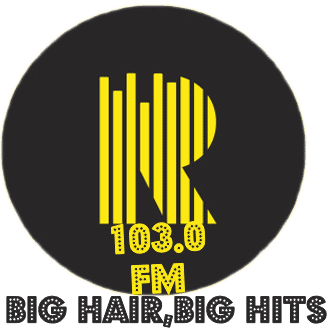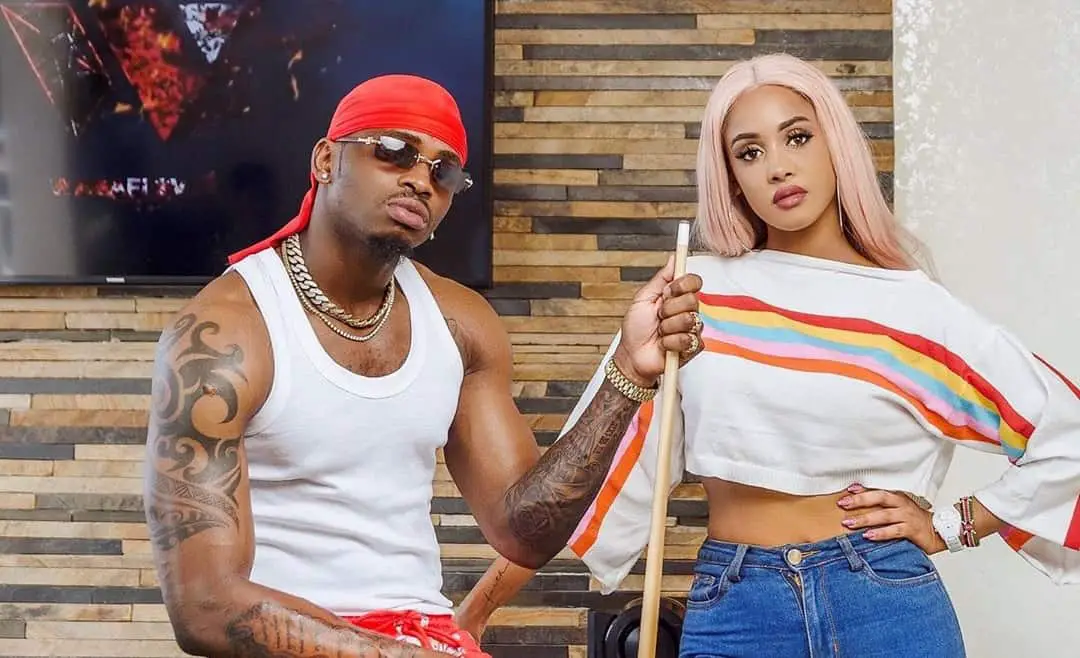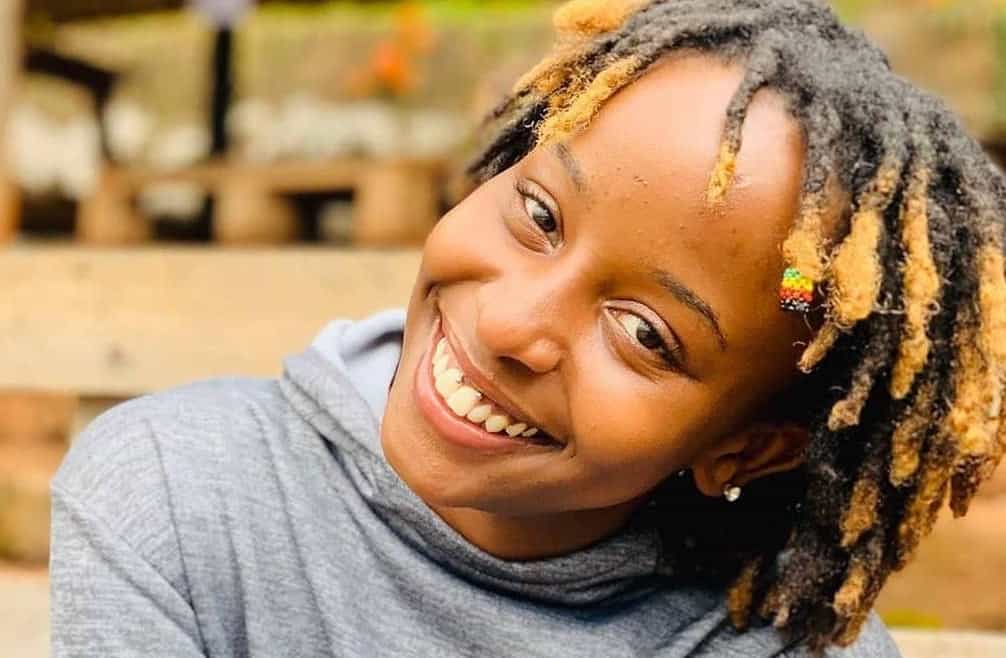Rumour of Diamond aka Simba dating Vanessa Mdee younger sister Mimi Mars has gone to another level. These comes after a video of the two in a swimming pool has been trending online. the two are believed to be having an affair since they have been spotted several times together. Earlier Diamond Platinumz was said to be having an affair with Zuchu but she came forward to clear the air.










